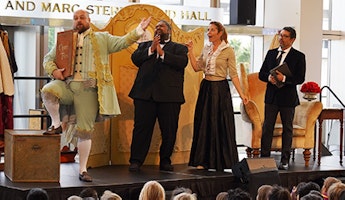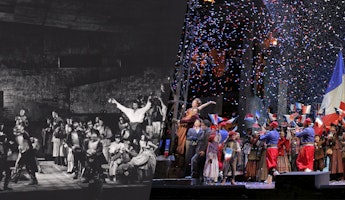Blog
April 2, 2025
Federico García Lorca: A Life of Art, Passion, and Tragedy
Federico García Lorca wasn't just an artist; he was a force. In just 38 years, he went from aspiring pianist to world-renowned poet, revolutionary playwright, and visionary theater director. His voice remains one of Spain's most vital and hauntingly powerful—a symbol of artistic brilliance and tragic loss.
Lorca's life unfolded in a time of chaos and change. He witnessed the rise and fall of fascist governments and the outbreak of Spain's civil war. Battling inner darkness, including depression and the pain of societal rejection, he still forged ahead with unstoppable creative fire. His art gave a voice to the silenced and demanded justice. Though his political outspokenness likely led to his death, it also powered some of Spain's most iconic works of art.
With Ainadamar bringing Lorca's story to the stage, we've created this guide to help you explore the man behind the myth—and discover where to begin your journey into his extraordinary legacy.
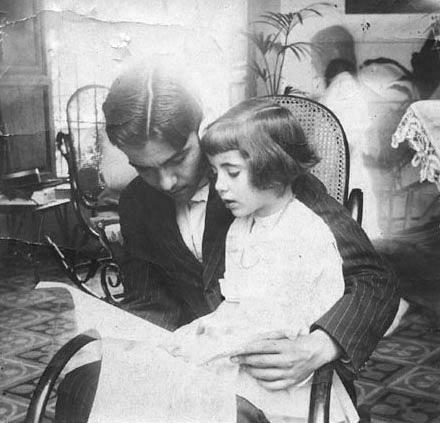
The Story of García Lorca
Born June 5, 1898, in Fuente Vaqueros, Spain, Lorca spent his childhood in the countryside, where his father was a successful landowner. These early years shaped him deeply, planting a lifelong reverence for nature.
Though he later became known for his writing, Lorca's first great passion was music. He began studying piano at age 11, diving into the works of Debussy, Chopin, Beethoven, and the rhythms of flamenco. While at the University of Granada studying law and literature, he continued his musical training—until the death of his teacher in 1916 prompted him to pour his soul into writing. Early works like "Nocturne", "Ballade", and "Sonata" were heavily influenced by his musical roots. His love for flamenco never waned. In 1922, Lorca penned an essay on its cultural significance and worked with the Concurso de Cante Jondo music festival, where he connected with famed flamenco singer Manuel Torre—an encounter that echoes in the flamenco spirit of Ainadamar.
Finding His Voice in Madrid
After establishing himself in Granada's literary circles, Lorca moved to Madrid and joined the Residencia de Estudiantes, an intellectual hotbed. There, he became close friends with filmmaker Luis Buñuel and painter Salvador Dalí—creative giants who helped shape surrealism in Spain and beyond.
Through poet Juan Ramón Jiménez, Lorca connected with the Generation of '27, a groundbreaking group of Spanish poets. With help from Eduardo Marquina and Gregorio Martínez Sierra, he staged his first play. In 1919, Teatro Eslava presented The Butterfly's Evil Spell, a surreal romance between a cockroach and a butterfly. Audiences weren’t ready—the play flopped after four performances. Lorca was devastated. Though he later dismissed it, the experience shaped his future approach to theater. He considered Mariana Pineda (1927) to be his true debut.
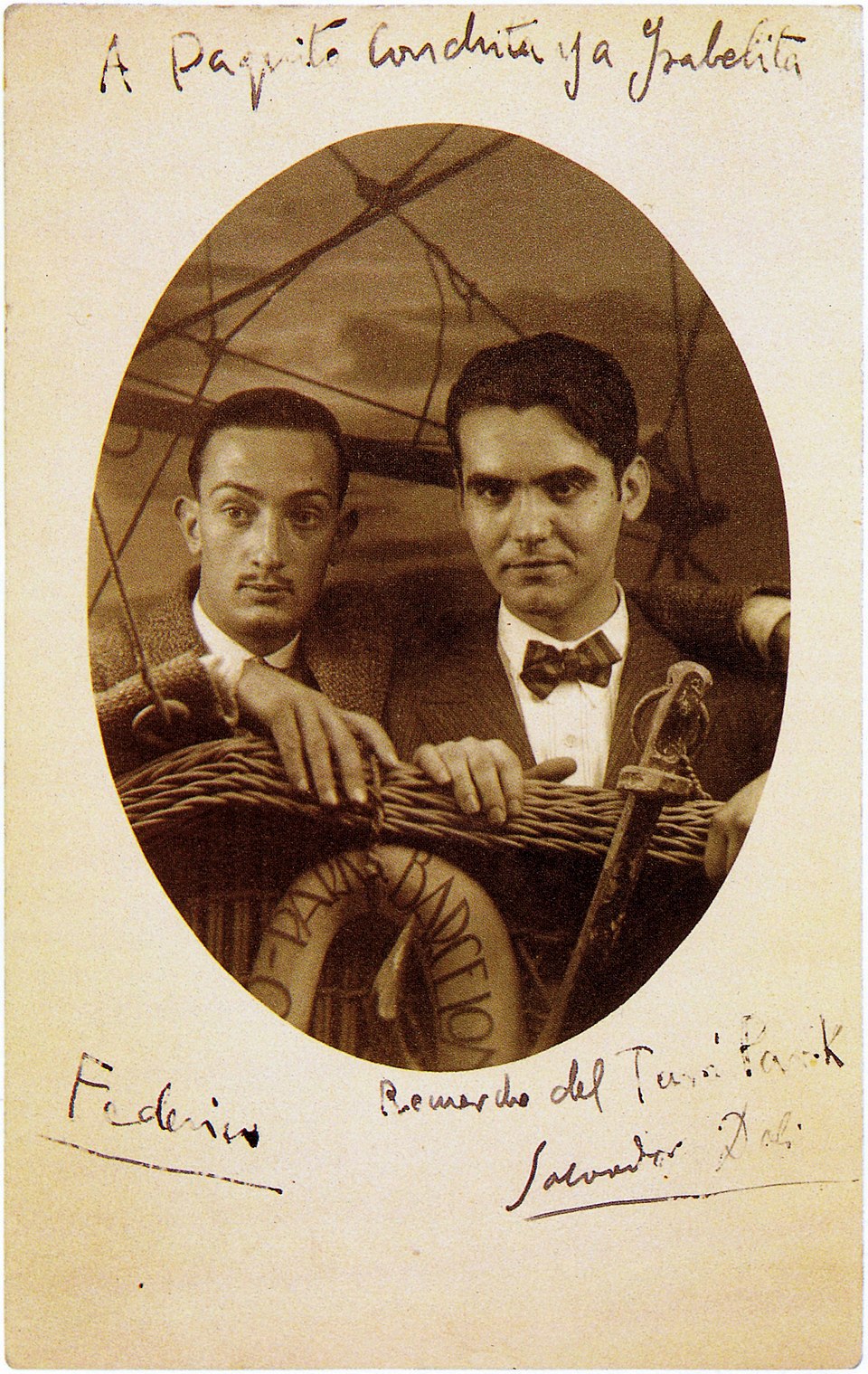
Love, Heartbreak, and a Journey Abroad
The 1920s marked Lorca’s poetic prime. He published widely and fell deeply, though painfully, in love—first with Dalí, and later with sculptor Emilio Aladrén Perojo. When both relationships unraveled, he spiraled into heartbreak and depression.
In 1929, Buñuel and Dalí released Un Chien Andalou (An Andalusian Dog). Lorca, whose work often celebrated Andalusian identity, saw the title as a jab. Concerned, his family sent him abroad for a change of scenery.
In New York, Vermont, and Havana, Lorca found new inspiration. His poetry became bolder, angrier, more politically charged. Isolation and industrialism, especially in New York, fueled radical critiques of capitalism and modern life. His socialist beliefs deepened.
Back in Spain in 1930, he returned to a transformed country. The dictatorship had crumbled. The Second Spanish Republic was on the rise.
Theater as Revolution
In 1931, Lorca was appointed director of La Barraca, a mobile student theater funded by the Republic. His mission: bring live theater to Spain’s rural communities. Minimal gear. Maximal passion. Lorca believed deeply that theater should be accessible, especially to the working class. This mission, sparked by his time in poor Spanish villages and New York neighborhoods, shaped everything he created.
As he once said, "Theater is poetry that rises from the book and becomes human enough to talk and shout, weep and despair."
While touring with La Barraca, Lorca penned his most famous plays—the "Rural Trilogy": Blood Wedding, Yerma, and The House of Bernarda Alba. These works tackled class divides, gender roles, and forbidden love. They weren’t just plays—they were acts of cultural defiance.
But trouble was brewing. A right-wing government slashed La Barraca’s funding in 1934. The company took its final bow in April 1936.
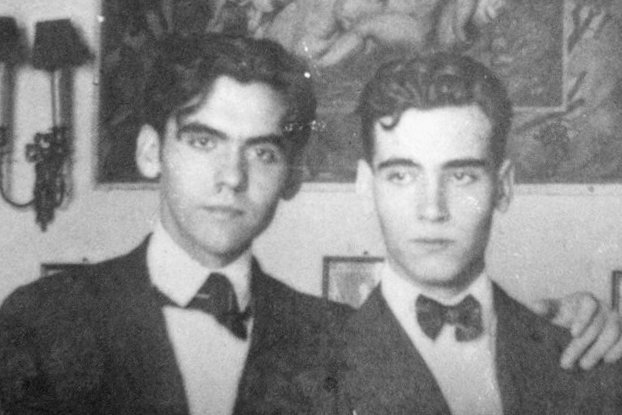
Lorca’s Tragic Finale
By summer 1936, Spain was spiraling into civil war. After a far-right politician was assassinated, the country fractured. Lorca—a known socialist, openly queer, and a loud voice for reform—was in danger.
His brother-in-law, appointed mayor of Granada, was assassinated within a week. That same day, Lorca was arrested. Days later, he was executed by Nationalist forces. His body was never found.
But Lorca’s voice didn’t die. It burns in every poem, every play, and now, onstage in Ainadamar.
His story is not just Spain’s. It’s ours.
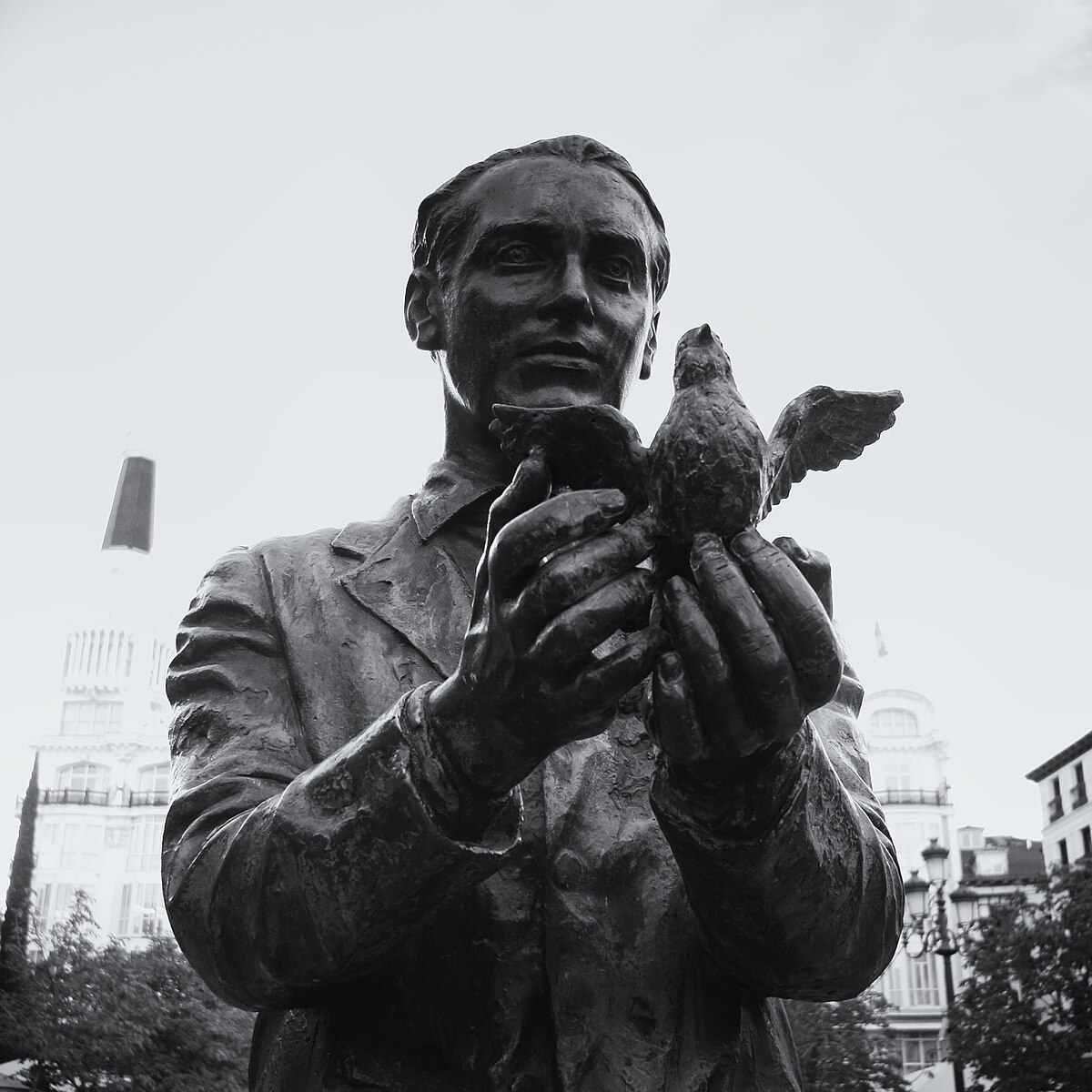
Essential Works
If García Lorca’s story has touched you in any way, please stay with us for just a little while longer. While we touched upon several of his works throughout the blog, we wanted to dig a bit deeper into them and go over some of his most important creations that will serve as a great way to get inside the mind of one of Spain’s most influential artists.
Libro de Poemas (Book of Poems): Lorca’s first book of poetry, published in 1921, is a collection of poems written in 1918. The selection was curated with the help of his brother, Francisco, and it explores themes of religious faith, isolation, and nature. The book is widely available in Spanish, but to read the poems in English, you will need to find them in modern collections of Lorca’s poetry, such as those compiled by Christopher Maurer or J.L. Gili.
Romanero Gitano (Gypsy Ballads): The last poetry collection we’ll discuss is his most famous. These highly stylized poems draw inspiration from traditional Spanish ballads, reimagining them with Lorca’s distinct voice. The collection places a strong emphasis on Andalusia, featuring themes of Romani people, horses, archangels, and more. Romancero Gitano cemented Lorca’s fame in Spain and the Hispanic world and remains one of his most accessible works, available to buy in both Spanish and English.
Mariana Pineda: This play is essential for those seeking a deeper understanding of Ainadamar, as it marks the first collaboration between Lorca and the celebrated actress Margarita Xirgu, the protagonist of Ainadamar. The opera also references Mariana Pineda throughout. The original production featured set and costume designs by Salvador Dalí. The play follows the real-life heroine Mariana de Pineda y Muñoz, who opposed the rule of King Ferdinand VII and was ultimately executed for treason in 1831. Though hard to find, copies of the play are available in both English and Spanish. Additionally, a Spanish-language recording can be found on YouTube, along with a flamenco retelling of the story.
Bodas de sangre (Blood Wedding): The first installment of Lorca’s Rural Trilogy, Blood Wedding was inspired by real events from 1920s Almería. The play tells the tragic story of a woman caught in an arranged marriage who yearns for her true love. She ultimately chooses to run away with her beloved, leading to a deadly duel. The tragedy is woven throughout the play, as Lorca creates an atmosphere of dread from beginning to end. Blood Wedding is widely available in both English and Spanish, and an English-language recordings of the play is accessible on YouTube, such as this one by Baruch College.
Yerma: The second play in the trilogy, Yerma, was described by Lorca as “a tragic poem.” It follows a woman in rural Spain who is desperate to become a mother, but her husband’s lack of interest in fatherhood leaves her in anguish. Her yearning grows to an unbearable extent, ultimately leading her to commit a crime. Margarita Xirgu starred in the title role for the premiere, and Lorca credited her with bringing the play to life. Yerma is widely available to read, and productions can be found on YouTube, including a National Theatre Live adaptation featuring Billie Piper in an Olivier Award-winning performance which is available to rent. There’s also a 1998 film adaptation by Pilar Távora which can be found on YouTube.
La casa de Bernarda Alba (The House of Bernarda Alba): The final play in the trilogy was not originally intended as part of the series—Lorca had planned another work that was never written. Nevertheless, critics have grouped The House of Bernarda Alba with the other two. Completed just two months before Lorca’s assassination, the play is set in Andalusia and follows a widow who, after her husband’s death, forces her daughters into an eight-year period of mourning. Her youngest daughter secretly begins an affair with her eldest sister’s suitor, leading to intense familial conflict. The play remains widely available and was recently revived in a critically acclaimed National Theatre production which can be watched through their streaming service. There are numerous adaptations, including Mario Camus’ 1987 film La casa de Bernarda Alba. A full production can also be found on YouTube.
If you're curious about Lorca and want to see his life on our stage, get tickets for Ainadamar by clicking here.






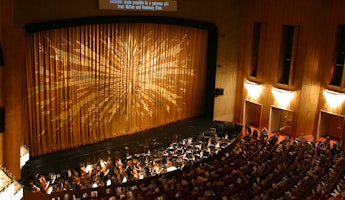

/03-cosi/_dsc0996_pr.jpg?format=auto&fit=crop&w=345&h=200&auto=format)
